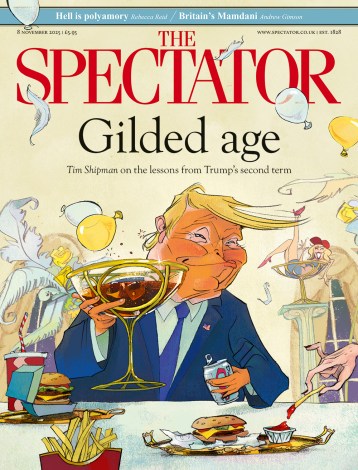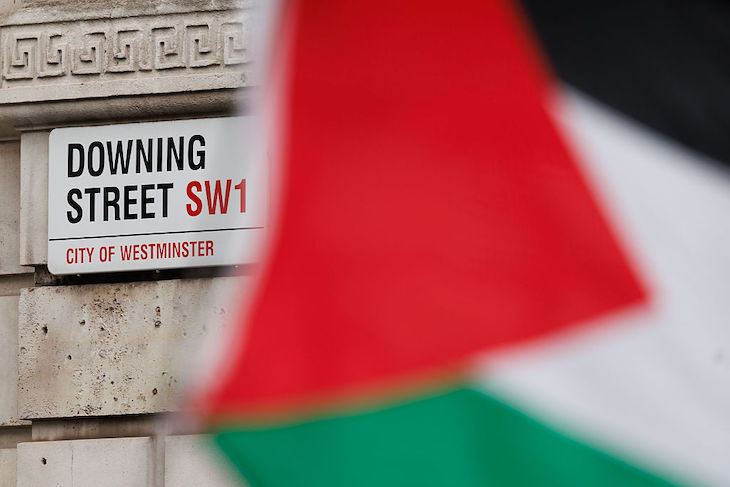
There are at least two Long Islands. One of them, eternally famous for The Great Gatsby, is a fascinating blend of glamour and meretriciousness. It is separated from the other one by 3,000 miles of ocean and a totally different culture. In this Long Island – actually about 70 islands of various sizes, also known as the Outer Hebrides – Sabbatarianism is frequent, but glamour and meretriciousness are as wholly absent as anywhere in Europe.
Over many centuries, the Hebridean Long Island was often beset by conflict. Viking raiders, Scottish kings, great clan chiefs: all fought for supremacy. The Scottish Crown eventually won, though the clan chiefs exercised subsidiary kingships, until the old Highland order was broken after the defeat of Bonny Prince Charlie.
Once the locals no longer had to fear the Viking longboats, or the Duke of Cumberland’s redcoats, a gentle way of life evolved. One Island, North Uist, grew famous for its barley. It became known as the granary of the Islands. North Uist is also famous for bird life. A well-judged day’s walk should bring golden eagles and sea eagles within binocular range.
But over recent decades, there has been a tendency for the young to migrate to the mainland, in search of glamour, perhaps, if not meretriciousness. Yet some natives find that the lure of the islands is in the bloodstream, and eventually they return.
Thus it was with Jonny Ingledew. Of recent English descent, he was brought up on North Uist. It is a low-lying island, a realm in which the winds regularly assert mastery, which is why there are no trees. It is a landscape which would appear to take no prisoners and offer no scope for neutrality. You either shun it or embrace it. Jonny had to cross the sea for university and then immersed himself in modern Scotland, as a petroleum engineer in the North Sea. But he could not escape the romance of the islands, the wild sea birds calling. There is a local patriotism, which the Italians call campanilismo. Though there is no equivalent word in English, the emotion can be deeply felt. ‘This is my own, my native land.’

On North Uist, there is an ancient steading called Nunton. It dates from the 13th century, when it was indeed a nunnery. It then became a laird’s dwelling, and it was there that Flora Macdonald and others plotted the escape of the Bonny Prince. A few years ago, though still a handsome building with a bell tower, it had fallen into decline. Jonny and his wife Kate saw the opportunity. That steading is now the North Uist Distillery. For seven years, they have been producing Downpour gin, a fine tipple.
A single malt, produced in small batches, relying solely on local bere barley
Gin was only stage one. Whisky needs at least three years in cask before it can be bottled, but Jonny and Kate were committed to the time and trouble. They are distilling a single malt, which they intend to produce in small batches, relying on local bere barley, high quality and low yield. They have not yet settled on a name, but those who know the whisky trade are convinced that these new entrants will deliver a premium product, and money is being produced where moneyed mouths gather. Even in casks, whisky’s childhood, it can still be sold. North Uist Distillery has twice offered 80 casks for sale. They were gone within minutes.
Jonny and Kate’s story is an epitome of ancient and new: Scotland at its best. Whisky was always made on farms, from local barley, and rough stuff it usually was. But age-old crops and crafts married to new technology, and modern marketing assisting in a thriving export trade: that is the past in the service of the future. When it is ready to be bottled, North Uist Distillery will provide a splendid dram.







Comments